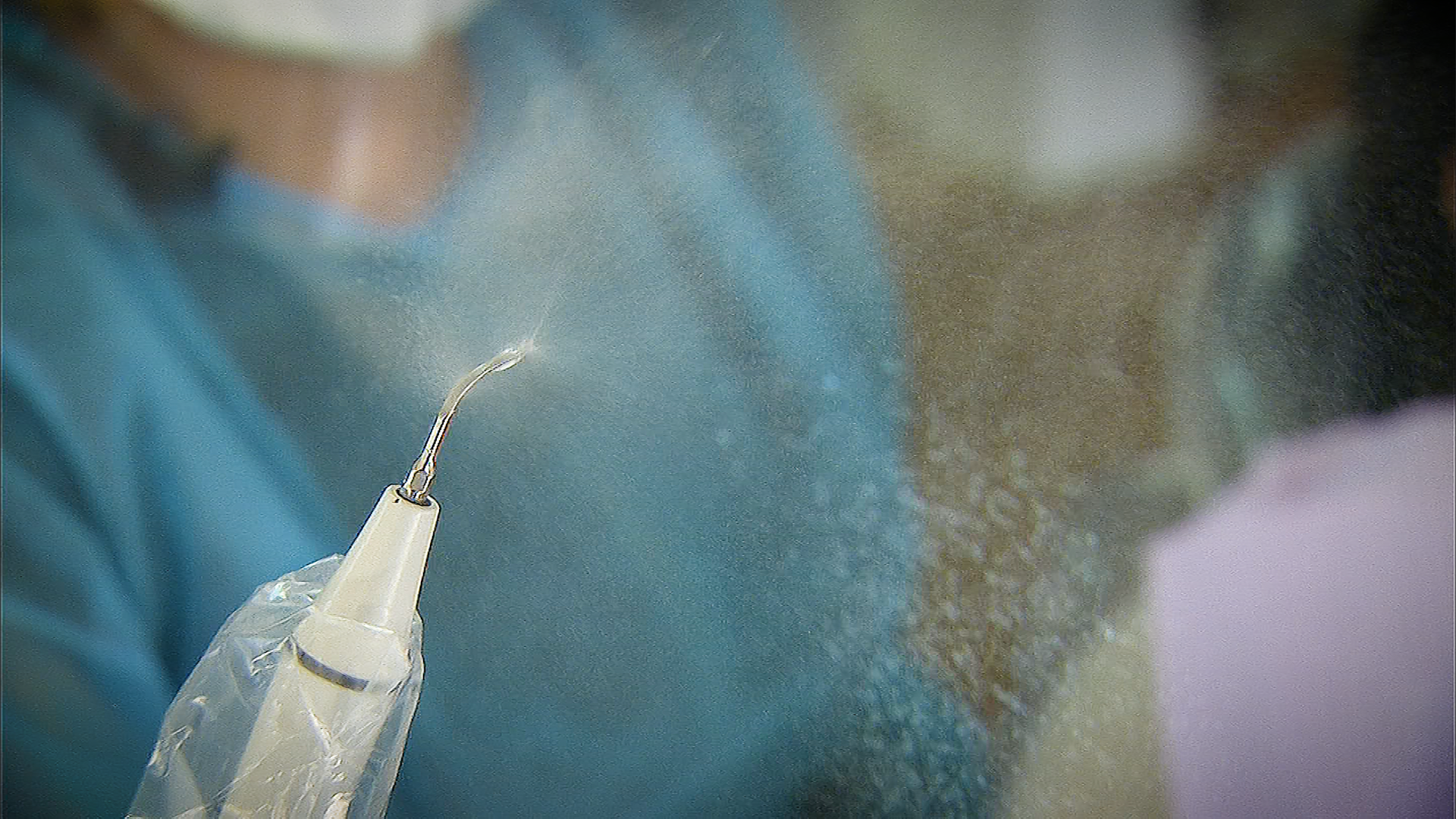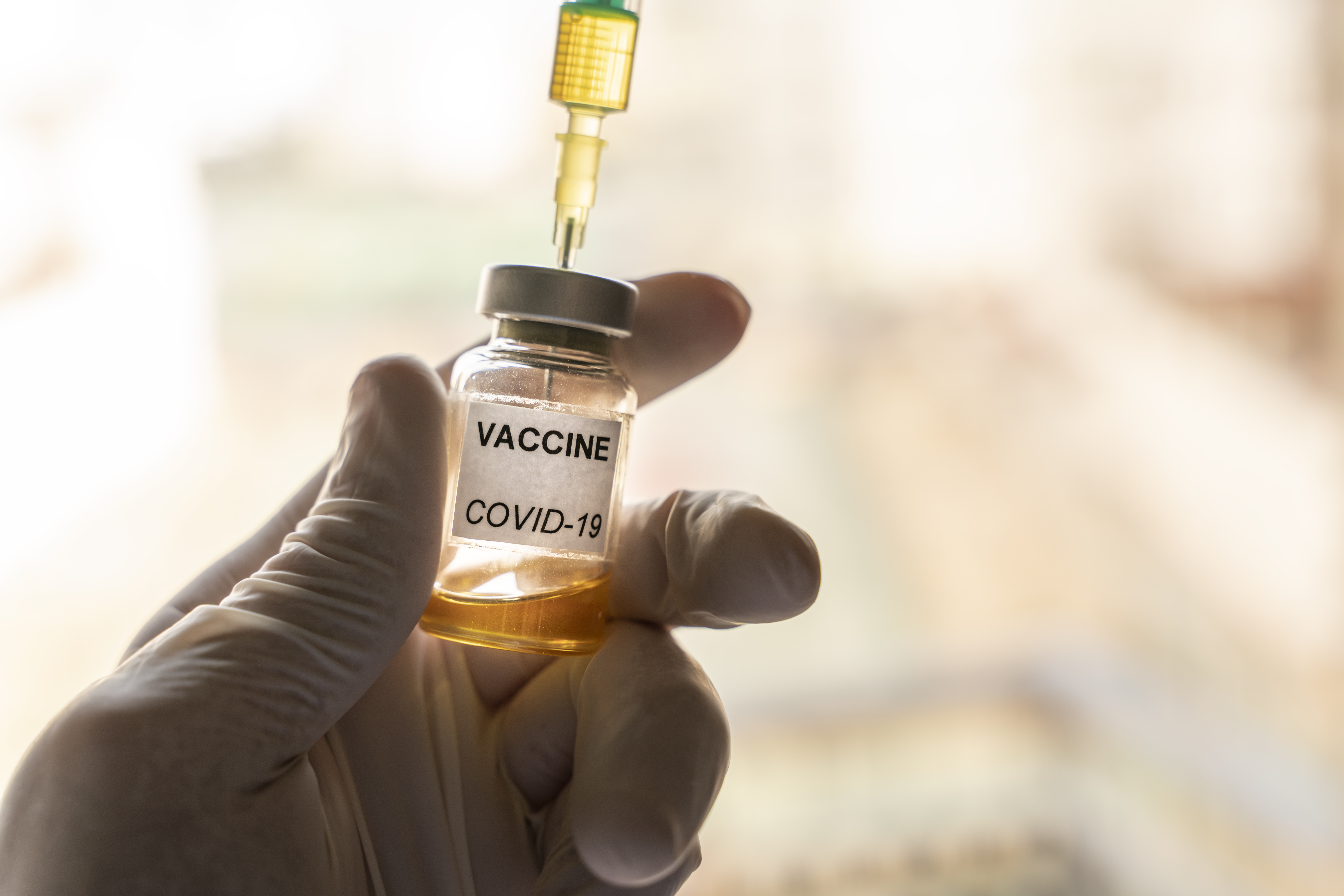The coronavirus has hit the dental industry hard. Models last month from the American Dental Association's Health Policy Institute predict dental spending could be down by as much as 38% by the end of 2020 and 20% in 2021.
Now, the World Health Organization has released interim guidance regarding dental visits.
In the guidelines, they advised that "routine non-essential oral health care – which usually includes oral health check-ups, dental cleanings and preventive care – be delayed until there has been sufficient reduction in COVID-19 transmission rates."
Essential visits, defined as "urgent or emergency oral health care interventions that are vital for preserving a person's oral functioning, managing severe pain or securing quality of life," should continue, the guidelines said.
Dental care professionals are at risk of contracting the virus because of how closely they work to their patients.
"Oral health care teams work in close proximity to patients’ faces for prolonged periods. Their procedures involve face-to-face communication and frequent exposure to saliva, blood, and other body fluids and handling sharp instruments. Consequently, they are at high risk of being infected with SARS-CoV-2 or passing the infection to patients," the WHO said.
But oral health care workers are also at risk due to clinical dental procedures, which create aerosol.
Aerosol-generating procedures are quite common and can create airborne particles that "remain suspended in the air, travel over a distance and may cause infection if they are inhaled," the WHO said.
The CDC last week also made updates to their dental guidelines, recommending that offices, "consider if elective procedures, surgeries, and non-urgent outpatient visits should be postponed in certain situations."
If PPE supplies are low, then offices should determine which patients would be at the highest risk if care was delayed, the CDC said.
The American Dental Association issued a statement in response to the WHO's guidelines, saying they "respectfully, but strongly disagree."
The president of the ADA, Chad P. Gehani, D.D.S., stressed routine dental care should continue if proper precautions were taken.
"Millions of patients have safely visited their dentists in the past few months for the full range of dental services. With appropriate PPE, dental care should continue to be delivered during global pandemics or other disaster situations,” Gehani said in a statement.
The Ebb and Flow of New Coronavirus Cases and Deaths
The graphs below illustrate the distribution of new coronavirus cases and deaths in the U.S. While New York accounted for the lion’s share of new cases and deaths in March and April, its numbers have declined in May as some states have increased. Hover or tap to see new daily cases and deaths across the country. States with the most are ordered top to bottom.
Source: The COVID Tracking Project
Credit: Amy O’Kruk/NBC
Back in March the ADA called for the postponement of all dental care that wasn't an emergency or urgent case. They issued their own guidelines in May in which they called for the use of masks, goggles and face shields by professionals.
To minimize the use of aerosols, the ADA recommended using hand scaling while cleaning teeth, along with the use of high-velocity suction and rubber dental dams whenever possible.
In the early days of the pandemic, many states permitted elective dental visits. As of June 48 states, including the District of Columbia, have allowed routine visits to resume, which Gehani believes is important.
"Oral health is essential to overall health. Dentistry is essential healthcare," Gehani said.



